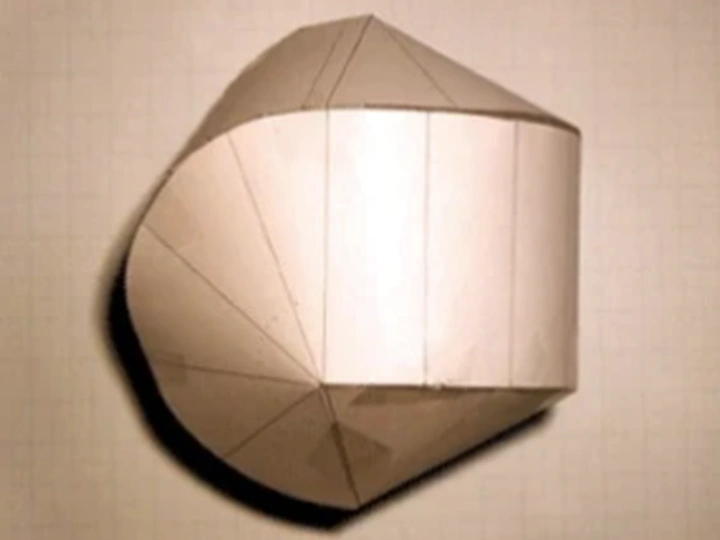Sensing infrastructure

Anne Kelly, cultural practitioner, is the Curator at the National College of Art and Design, Dublin (NCAD, 2011-) where she operates the NCAD Gallery with particular emphasis on transdisciplinary integrated public programming aligned to institution-specific research directions, the commissioning of new work and the fostering of collaborative and co-creative partnerships. Additionally, working cross-departmentally as a thesis tutor and lecturing on the School of Visual Culture elective programme.
She is a National College of Art and Design, Dublin, BA Fine Art and Trinity College Dublin MSc Comp Sci Multimedia Systems graduate, and recipient of Arts Council of Ireland, Culture Ireland, CREATE: National Development Agency for Collaborative Arts, and County Council artist practice funding awards.
Sensing infrastructure is a research inquiry that focuses on the potentialities within a commoning approach in establishing an operative critical spatial practice that functions as a site-specific framework toward public arts programming: exploring long and short social models inclusive of transdisciplinary participation networks engaging existing cultural infrastructures.
This project proposes critical spatial practice methodologies in witnessing an archaeology of layered acoustic and social topologies voiced in contested landscapes.
The proposed methodologies combine ambisonic and ultrasonic field recordings (Daniel, 2001; Surlykke et al., 2014), potentialities of LiDAR-based spatial sensing (Rutzinger et al., 2011), and voiced oral histories (Thompson, 2000) gathered from human and nonhuman actors. This hybrid approach foregrounds the multispecies sonic ecology of place, including wildlife and anthropogenic soundscapes, revealing overlapping narratives of presence, absence, and displacement.
Employing walking as an embodied epistemology (De Certeau, 1984; Solnit, 2001), spatialised sound and topological data is collected through geocomputation technology and wearable sensor arrays. The resulting multimodal datasets are processed into maps and spatial audio that render perceptual and affective experiences of space, time, and conflict (Hasson et al., 2012). The inclusion of voiced oral histories and the ultrasonic vocalisations of wildlife establishes a complex sonic archive, enabling a mode of distant witnessing that crosses species boundaries and temporalities.
In proposing activating and experiencing data collection via human and nonhuman actors, through transdisciplinary networks across cultural institutions, scientific researchers, and community members this work cultivates an operative framework for understanding landscape as shared spatial, acoustic and social commons.